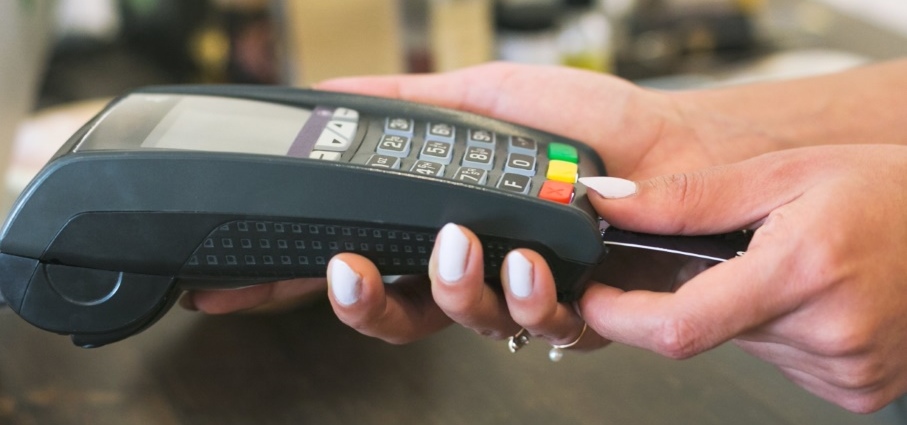A Two-Part Primer on Payment Devices (Part 1)
By now, most retailers know the importance of using EMV-compliant payment terminals (aka PIN pads, Tetra devices, Chip card readers, etc.) to process credit and debit card payments in-store. It’s more secure for your customers because they have to enter a private PIN (Personal Identification Number); and it’s less costly for you, the merchant, because Visa and Mastercard offer lower transaction fees when you use EMV-compliant payment devices.
But there are many retailers who mistakenly believe that just using EMV compliant PIN pads will automatically make them compliant for PCI DSS (Payment Card Industry Data Security Standard), which is the retail industry’s rule book for minimizing the impact of card theft and payment fraud. A lot of retailers also think that if they integrate their PIN pad with their POS system, it will put their PCI DSS compliance at risk and will result in higher monthly fees from their merchant services provider – which couldn’t be further from the truth.
In this two-part Blog post, we’ll provide you with information about the two main types of payment devices (i.e. fully integrated and semi-integrated PIN pads) and explain how each type can affect your PCI DSS compliance status. We’ll also discuss the main benefits for retailers who use PIN pads that are integrated to their POS system. This week, we’ll start by reminding everyone about the key benefits of using integrated PIN pads.
To Integrate, or not to Integrate, that is the First Question.
These days it’s pretty common to see POS systems integrated to card payment terminals (PIN pads). If, however, you’re one of those retailers who still uses a separate, stand-alone payment terminal, here are some reasons you should consider switching to an integrated solution.
- Eliminate human error. With non-integrated payment devices, the cashier has to type the sale amount into the pin pad, so the margin for error is increased. This can cause customer satisfaction issues if the amount is higher than it should be – or a loss of revenue, if the amount is lower. Additionally, a receipt is printed regardless of whether the transaction is approved or declined, so hopefully the cashier is paying attention. When your payment terminal is integrated to your POS system, the cashier doesn’t have to enter the total amount of the sale manually into the PIN pad before handing it to the customer. Furthermore, if the payment is declined, your POS system will request an alternate payment type before printing a receipt.
- Maximize check-out speed. Since cashiers don’t need to manually enter the sale amount into the PIN pad, transaction processing is significantly accelerated.
- Simplify end-of-day balancing procedures. Without an integrated PIN pad, if a cashier enters $19.59 into the PIN pad, instead of $19.95, it can result in hours of forensic research at the end of a long work day or week. With an integrated payment device, end-of-day balancing isn’t prone to these issues because the transaction values are digitally passed to the PIN pad by your POS system, which ensures that all authorized transactions are closed with accurate totals. The task of reconciling the bank’s receipts with your POS system’s sales are as simple as running a report.
So if you’re still using a stand-alone payment terminal, perhaps it’s a good time to contact your merchant services provider to discuss your options for integrated PIN pads. But before you do, make sure you understand the different types of PIN pads that are available. In next week’s Blog post, we’ll talk about the two main types of card payment devices: fully integrated and semi-integrated PIN pads.

